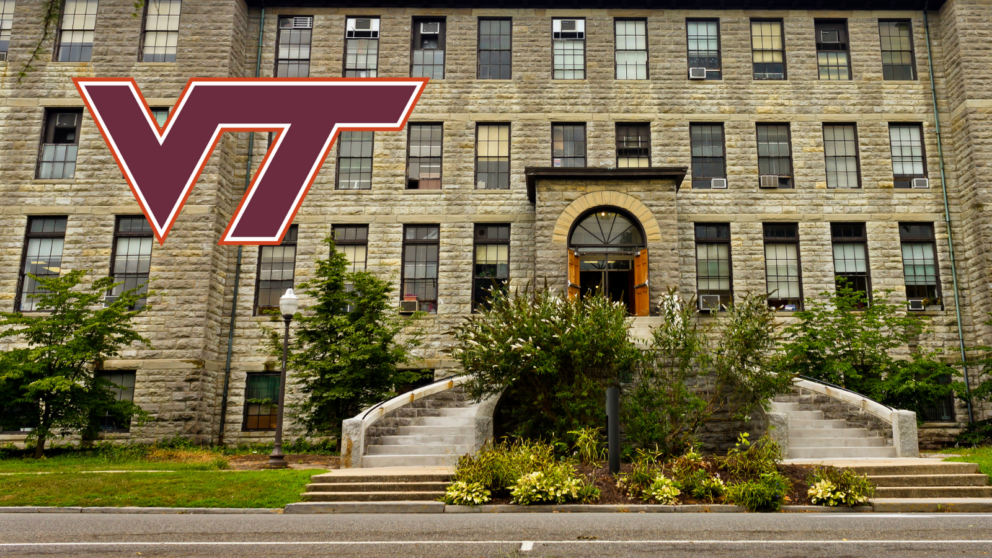
Overview
In alignment with Virginia Tech’s College of Natural Resources and the Environment Strategic Plan 2020–2025, the University has established new degrees and majors to support the program. It has identified a new research, teaching, and outreach facility at Center Woods as a top priority.
Center Woods is a wooded peripheral zone of campus, located in Blacksburg, west of the Agricultural Belt and U.S. 460. This area serves as the staging location for all field research conducted by the department and class field trips, in addition to playing a critical role in providing a quality learning experience for both undergraduate and graduate students.
Investment in first-rate facilities at this location will have significant impacts on the future of the department, the work of the faculty, and learning opportunities for students. The proximity of meeting rooms, research laboratories, facilities for holding animals under standardized experimental conditions, and a significant area of forest make Center Woods a place where students and collaborators can come together. The Improve Center Woods Complex project will ensure students are better prepared and equipped to take on the emerging natural resources management and conservation challenges of the 21st century, including sea level rise and its impact on coastal communities and the continuously increasing urbanization of Virginia’s population.
Although in early design, the new office, research and laboratory, field support, and field storage spaces at Center Woods will be approximately 25,900 gross square feet.
Set at the edge of a mature forest, the site for the proposed building is adjacent to the existing research complex on the south area of the property. Design considerations include the creation of a formalized building approach with a readily discernable arrival point, views of the facility from various vantage points, and connection points to existing infrastructure.
Additionally, the site will include support elements such as a mechanical yard, parking, pathways/access points, and other amenities. Landscaping and hardscape will be carefully considered to integrate the building with its natural surroundings. The exterior envelope will respond to the site, solar orientation, wind, and maximize beneficial daylighting and other environmental factors.